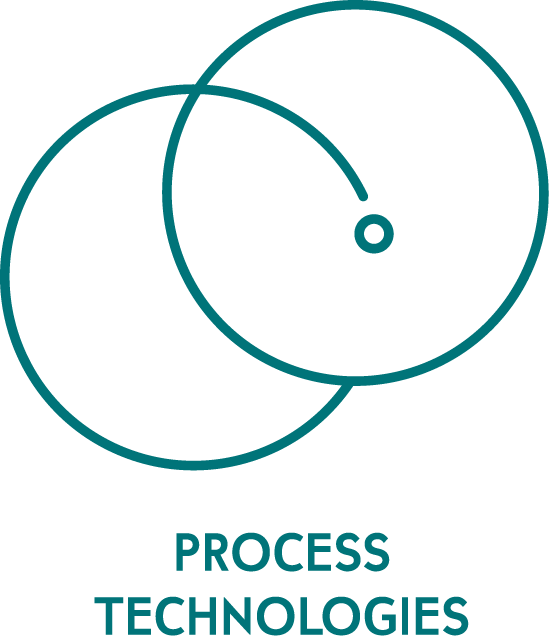Maximize alternative fuels use
Advanced calciner systems for a greener cement industry
A major challenge for today's cement industry is reducing the emissions and energy consumption of burning lines while producing high-quality clinker. At Fives, we meet this challenge with several advanced solutions, built on 90 years' experience in burning equipment and our comprehensive studies of alternative fuels. We enable our clients to reduce their carbon footprint and ensure a fast return on investment, all at the same time.
Fives' engineers design cutting-edge equipment through the use of high-level CFD modeling. We also support our clients throughout the installation process, upgrades or the construction of brand-new plants, acting as a trusted partner to ensure the successful completion of every project.
FCB In-Line Preca: a multi-stage precalciner to maximize alternative fuels use
Specially dedicated equipment is essential to successful complete combustion of alternative fuels, due to their large differences in characteristics and burning behavior. Our solutions are based on specialized tests, which determine the required combustion parameters for every type of fuel.
One of our solutions is the FCB In-line Preca. A flexible, multi-stage precalciner, it maximizes alternative fuels use to a substitution rate of up to 100%. This precalciner accepts medium-sized alternative solid fuels (ASF) and high ASF humidity, minimizes CO2 and NOx emissions, and ensures complete burn-out of larger fuel particles.
Designed for ultimate fuel efficiency, the solution can be combined with the FCB Preca-Max® rotary combustion chamber to acheive a 100% substitution rate even when processing coarse solid alternative fuels.
FCB Preca-Max®: a robust solution for processing coarse solid alternative fuels
The FCB Preca-Max® is a cost-effective combustion solution for burning coarse waste. This rotary combustion chamber forms part of the inline calciner in a burning line, and can be implemented as part of a new or existing installation.
FCB Preca-Max® is a highly flexible solution that accepts a wide range of fuel types. It can burn fuels including tyres, fluff, biomass, sewage sludge and other refuse-derived fuels (RDF), of up to 400 mm (16 in) in size.
Its robust design limits downtime and maintenance costs. The FCB Preca-Max® requires limited fuel preparation, which offers significant OPEX savings.
Most fuel-flexible burners for the decarbonation of the cement industry
Fives also offers advanced industrial burners for the cement industry.
The Pillard NOVAFLAM® Evolution is the world's most fuel-flexible burner, thanks to its built-in flame shape adjustment device. It offers unparalleled performance, high thermal efficiency, an enhanced ASF substitution rate and significantly reduced CO2 and NOX emissions. It also prevents any overheating issues and offers optimized clinker granulometry distribution, which improves heat recuperation from the clinker cooler.
The Pillard PFZ™ is a proven solution to further increase the ASF substitution rate. This satellite injector for rotary kilns has been designed for coarse particles and is efficient even when firing high-moisture solid fuels. It enables ASF injection into the most favorable zone for the particle combustion, near the burner zone. The tool is also highly flexible, to achieve the best-possible results. Operators can modify not only the injection orientation and penetration in the kiln, but also the solid fuel injection velocity.
Technical Article
Fives uses state-of-the-art computational fluid dynamics (CFD) modelling to evaluate the burning ability parameters as well as specific constraints and reactions of materials that interact during combustion of alternative fuels. Through material comprehensive characterization and CFD simulation of calciner systems, we define the best design for maximizing the use of alternative fuels.





